So much time has elapsed since I last wrote, and for good reason: I spent the last 4 days in the Peloponnese, the large peninsula of southern Greece. It is good for me to review the itinerary, since I learned so much information in just a few days. Overall, the field trip was equally thrilling and exhausting. You’ll see why as this post goes on and on and on…
This post begins where the field trip began, on our first stop to the Corinth Canal. The Peloponnese peninsula was separated from the mainland by its construction in 1893. The size of the canal is hard to comprehend, even when you are standing directly above it. See for yourself in the photo:
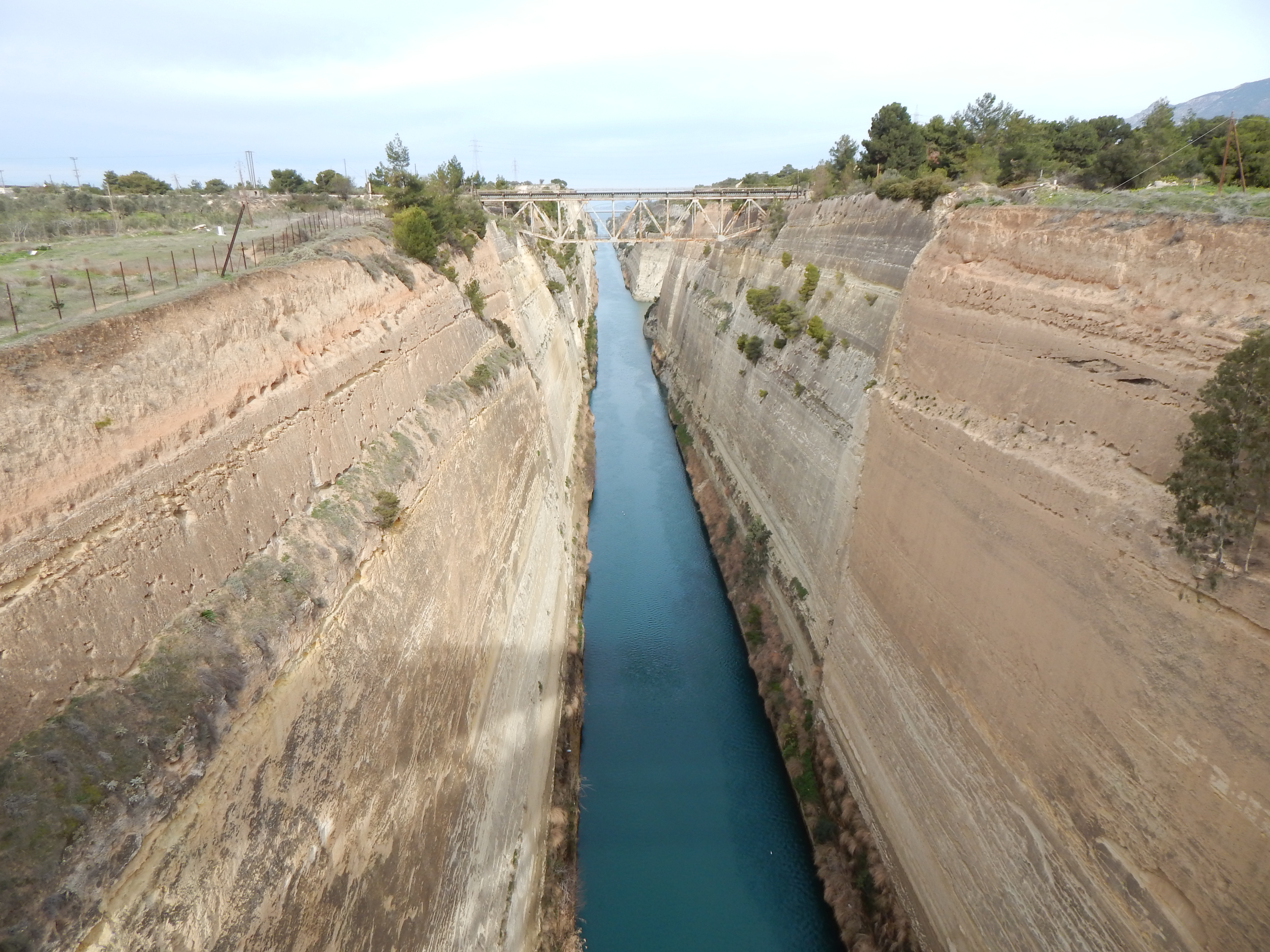
Next, we visited the archaeological site of Mycenae. The Mycenaean civilization was the first major civilization of Greece (and Europe, in fact). The citadel we visited was inhabited during the Bronze Age and, at its peak in 1350 BC, the citadel and area outside the walls was occupied by 30,000 people. The famous “Lion Gate” is the main entrance into the fortified walls, which are built in the Cyclopean style, called such because the stone blocks are so large they could only be moved by a cyclops.
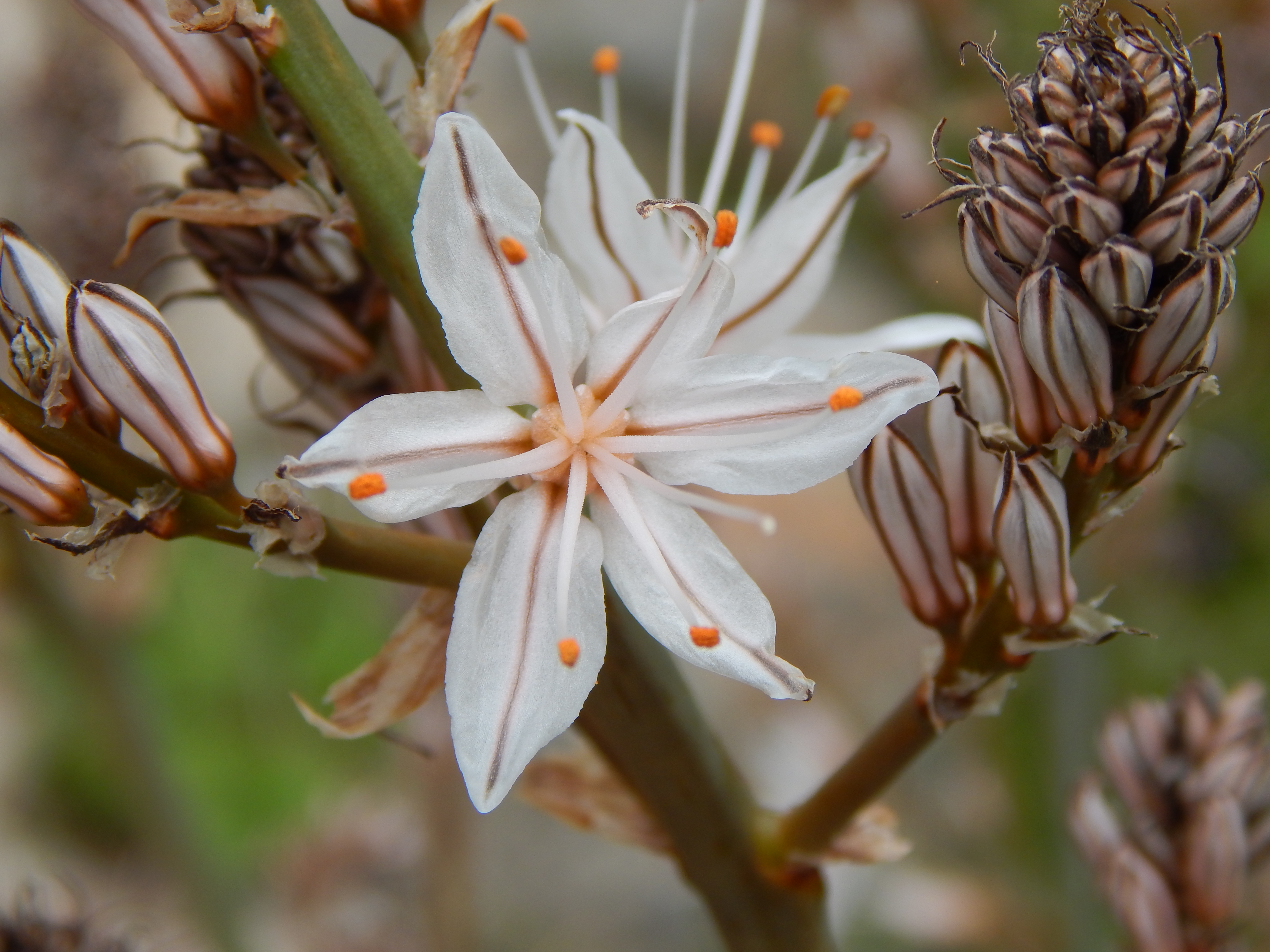
On Thursday we visited Mystras, a fortified city near Sparta. The city was built in 1248 AD.
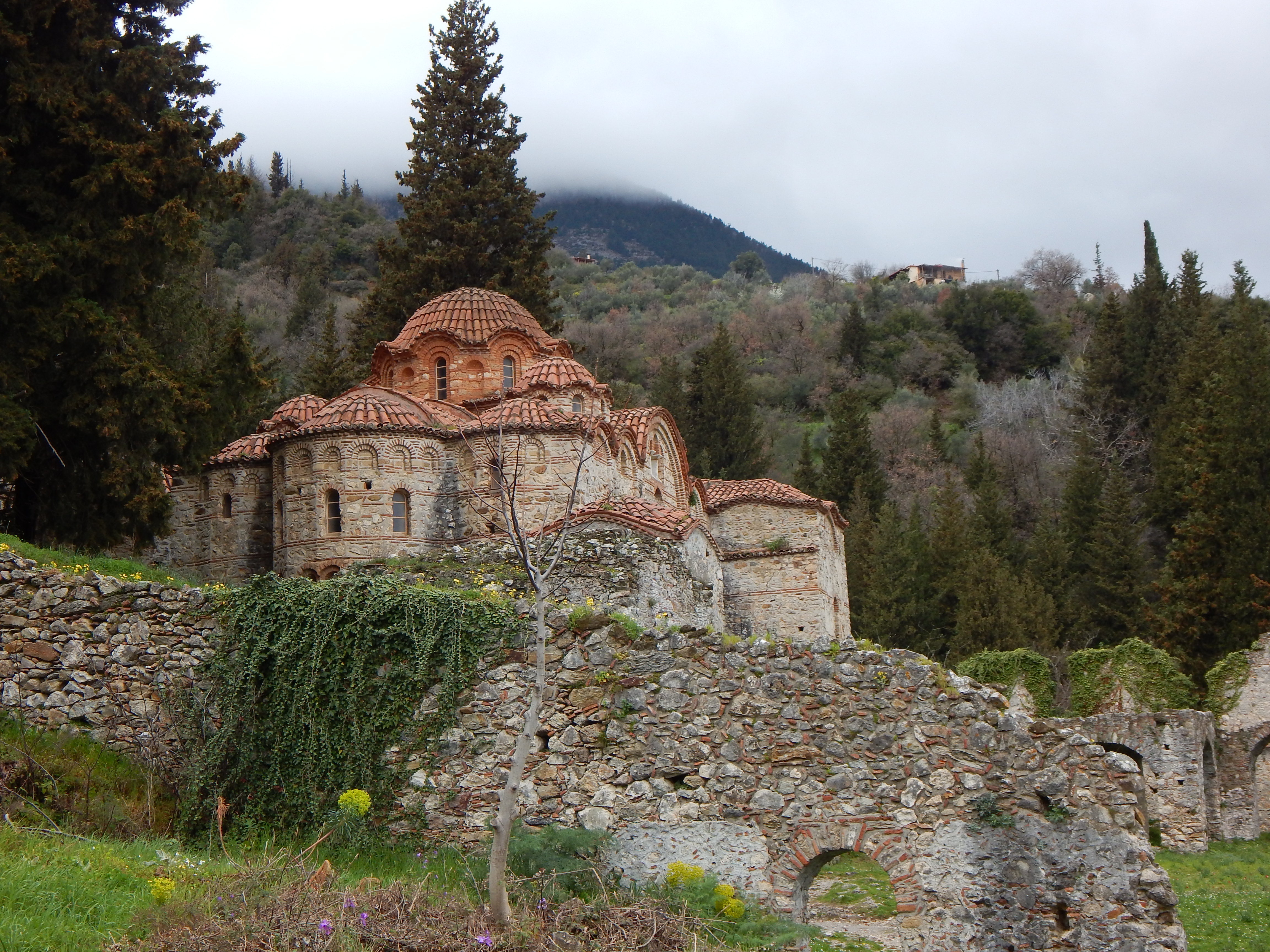
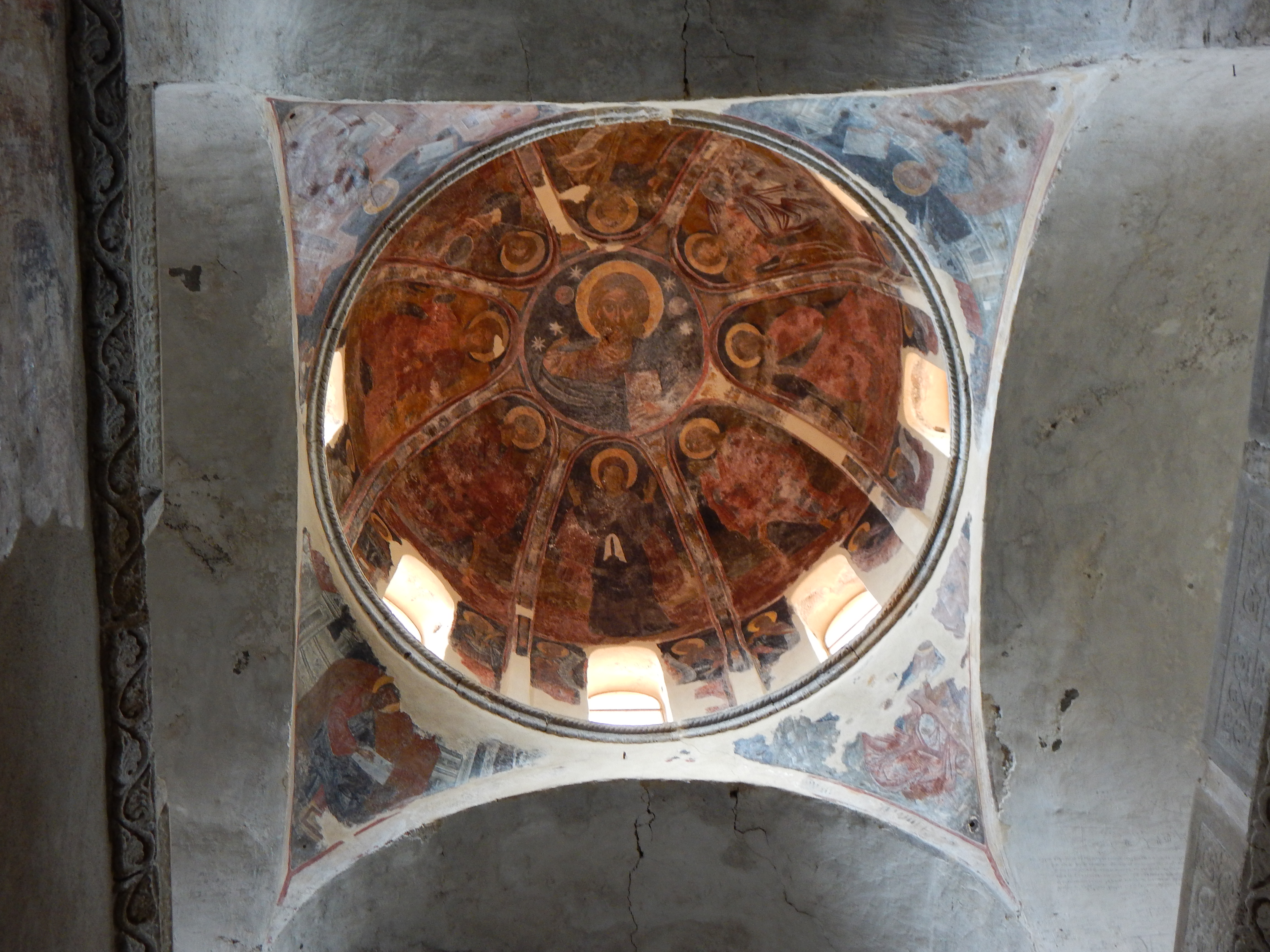
On Friday, we went to Pylos and visited the Palace of Nestor. This was another Bronze Age Mycenaean palace like the first one I described. Here, 1000 tablets written in Linear B were found. Linear B is a syllabic type script and is the earliest form of the Greek language. These tablets were used to record receipts and business transactions, not specific people or events. In fact, these tablets are usually wiped clean after a month and used again to record more business transactions. The reason so many tablets were found at the Palace of Nestor was because the palace was burned down in 1200 BC and the clay tablets were essentially ‘fired’ like clay in a kiln and the script remained until 1939 when the tablets were discovered. After visiting the palace we went down to the city and had lunch.
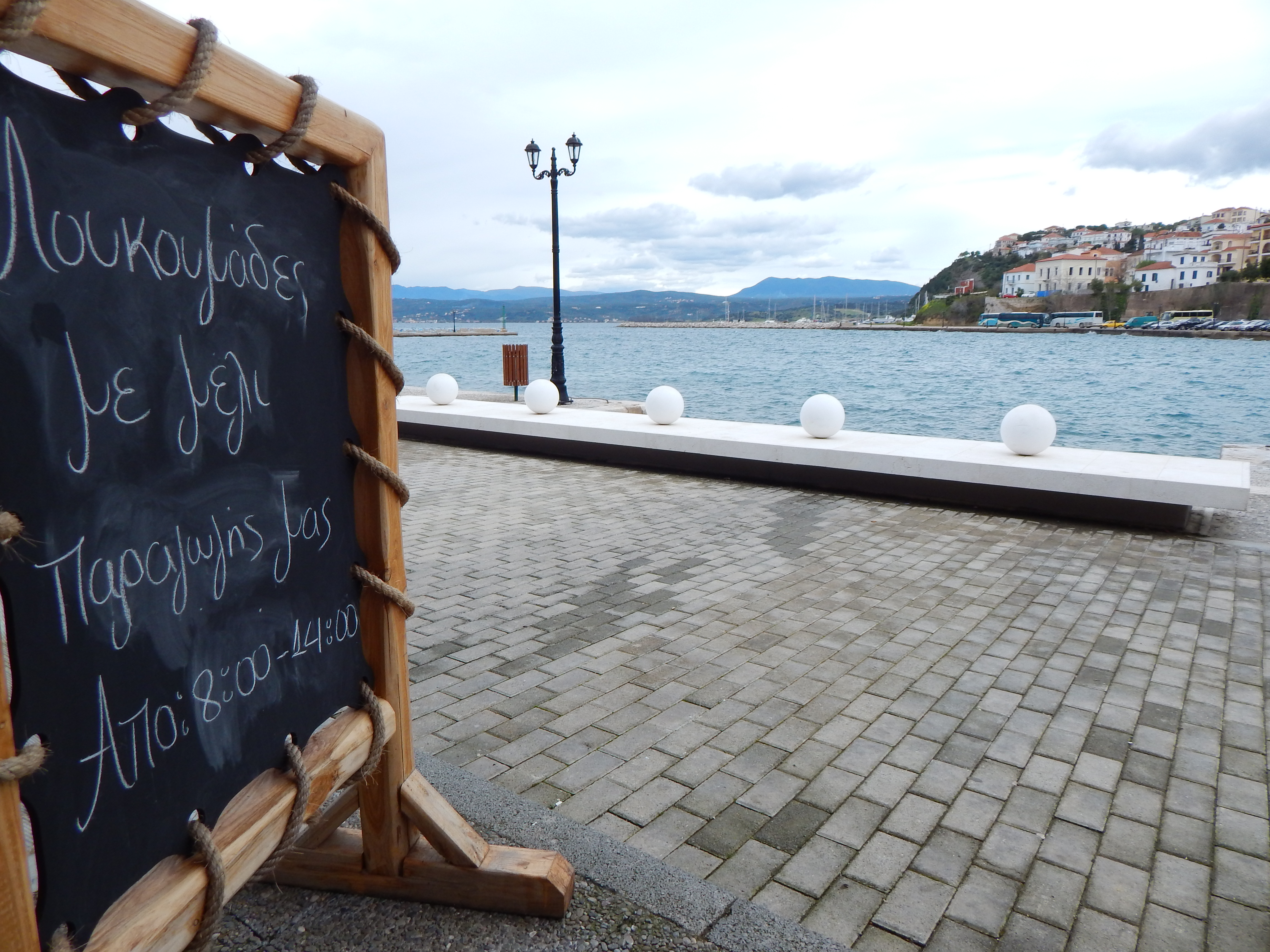
On Saturday, the last day of the trip, we visited Olympia. Here, of course, is where the very first Olympic games took place. I got the chance to run a foot race through the original Olympic stadium. I did not win, which means no statue was erected in my honor as it was for ancient winners. Near the entrance of the stadium was the “Hall of Shame.” When an athlete cheated in their sport, they were forced to pay a hefty fee. This money was used to erect a huge statue of Zeus with the cheaters name inscribed underneath it. In this Hall of Shame we saw the bases of twelve Zeus statues. Poor guys, still being publicly shamed 2500 years later.
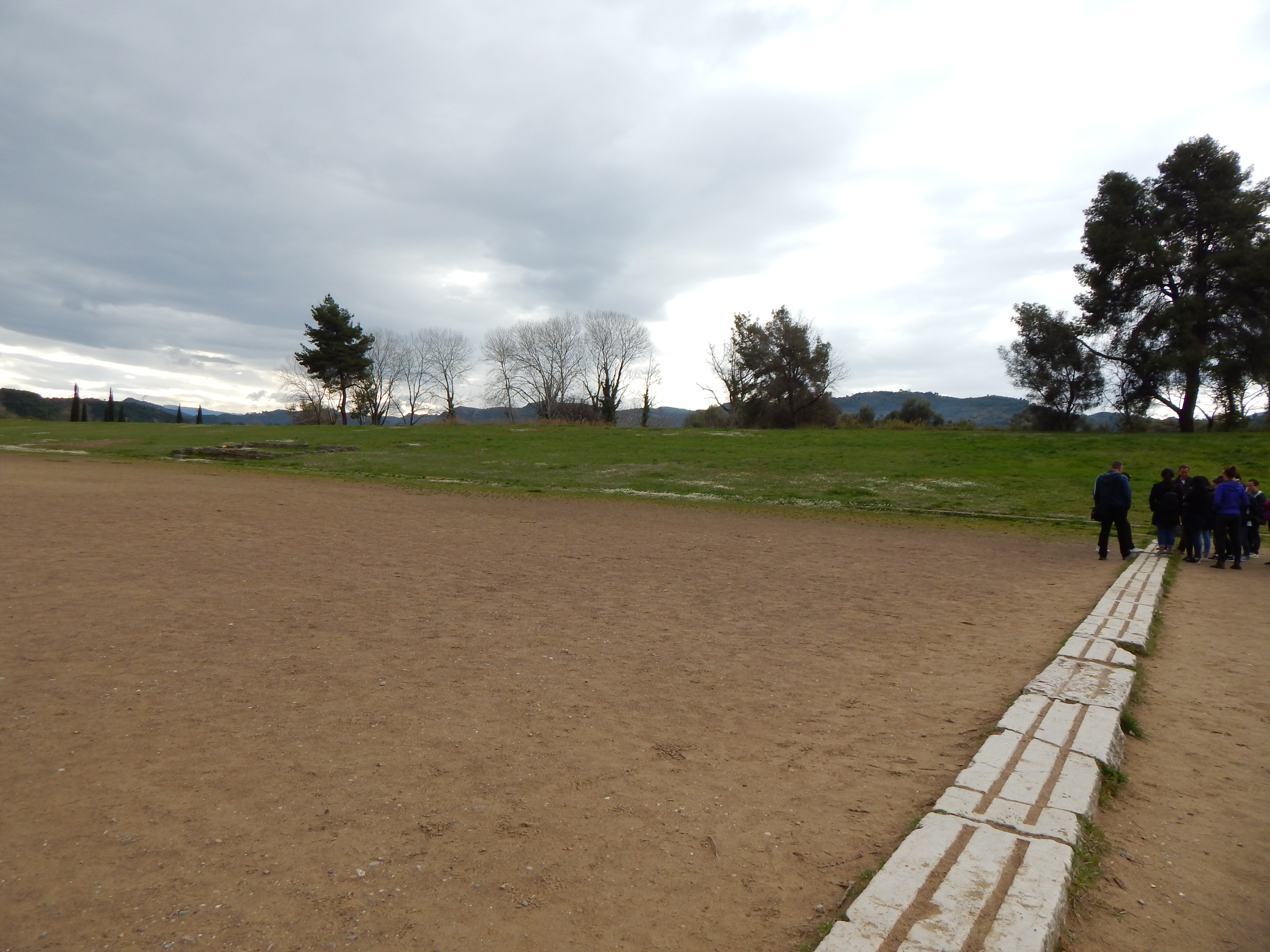
That’s all for now. We visited many more sites and museums than I could include in this post, but I wrote about my favorites. Each place was more interesting than the last (except the olive oil museum which was an alternate plan since we got rained out…they didn’t even sell olive oil there!). Regardless of the rain, we had a very busy week. Now I must get back to work, as mid term exams are about to begin. Did you forget that I’m also taking classes? Me too. With memories of the sea and the wide open spaces I suppose I can endure one week of classes until our next field trip to Delphi on the 17th. Three cheers for the CYA and their wonderful field trips!

